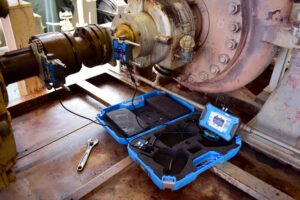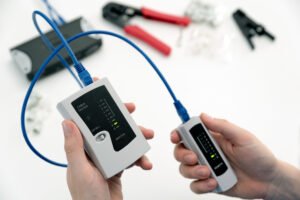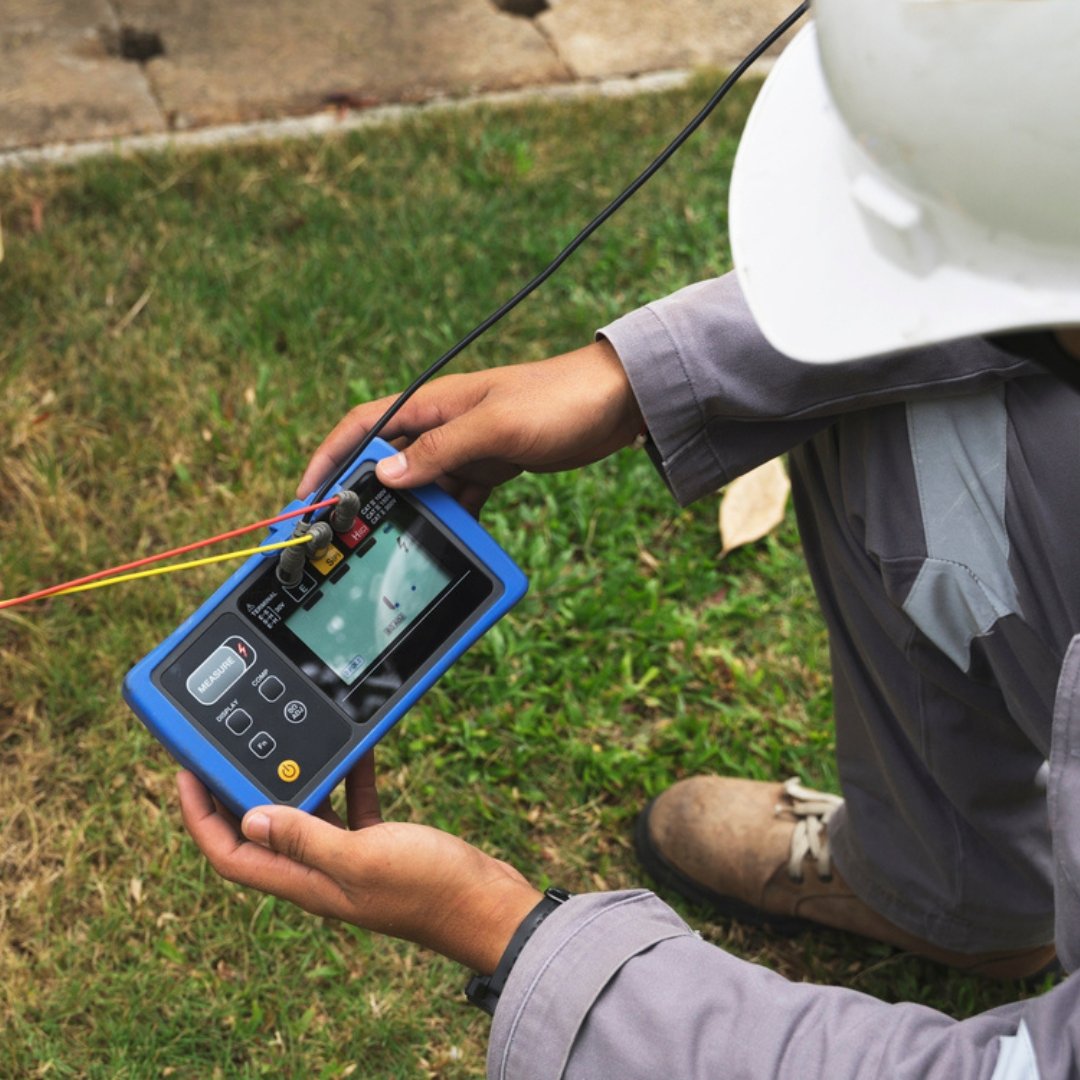How PAT Testing Can Reduce Workplace Accidents
Creating a safe workplace is every employer’s responsibility. While most organizations focus on protective equipment, safety drills, and compliance training, one often overlooked area is the safety of electrical appliances. Faulty electrical equipment is a silent threat that can cause serious accidents if ignored. This is where Portable Appliance Testing (PAT Testing) becomes essential.
PAT testing not only ensures that appliances are safe to use but also plays a key role in preventing accidents, protecting employees, and safeguarding business assets. Let’s explore how PAT testing directly reduces workplace accidents and why it should be a priority for every business. To Know More Click Here

What is PAT Testing?
PAT Testing (Portable Appliance Testing) is a systematic process of checking electrical appliances for safety. It involves:
- Visual Inspections – Looking for visible defects like frayed wires, cracked plugs, loose connections, and damaged casings.
- Electrical Tests – Using specialist equipment to check for hidden internal faults such as poor insulation, earth continuity, and leakage currents.
- Labelling & Record Keeping – Appliances that pass are labelled as “safe,” while records are maintained to track testing history for compliance.
It is not just about ticking a legal box—it’s about ensuring that equipment is reliable and poses no danger to users.
Common Causes of Electrical-Related Workplace Accidents
Electrical hazards are among the leading causes of workplace incidents. Unsafe appliances can result in:
- Electric Shocks – A damaged cable or faulty plug can easily give a worker an electric shock, which may range from minor to life-threatening.
- Electrical Fires – Overheating equipment, loose connections, or faulty wiring can trigger fires, endangering lives and property.
- Burn Injuries – Defective electrical items may spark or overheat, causing severe burns to employees handling them.
- Trips and Falls – Exposed or damaged cables running across floors can create tripping hazards.
- Equipment Failure – Sudden malfunction of tools or machinery can put employees in dangerous situations, especially in industrial environments.
These accidents are not only harmful to employees but also costly for businesses in terms of downtime, compensation claims, and reputation damage. To Know More Click Here

How PAT Testing Reduces Workplace Accidents
Regular PAT testing is a proactive safety measure. Here’s how it directly contributes to accident prevention:
1. Identifies Hidden Electrical Faults
Not all electrical problems are visible. A device may look fine externally but still pose a hidden risk. PAT testing detects issues such as faulty insulation or internal wiring faults before they cause harm.
2. Prevents Electrical Fires
Electrical fires often start due to overheating or short circuits. By catching defects early, PAT testing reduces the risk of fire, protecting employees and property.
3. Minimizes Risk of Electric Shocks
PAT-tested appliances are safe to handle. Employees can confidently use equipment without fear of receiving an unexpected electric shock.
4. Improves Overall Equipment Safety
Damaged plugs, exposed wires, or loose connections are flagged during PAT testing, ensuring that only safe, functional equipment is used in the workplace.
5. Reduces Trips and Cable Hazards
PAT inspections include checking the condition of cables, reducing the chance of trips and falls caused by tangled, frayed, or poorly placed wires.
6. Encourages Safer Work Habits
A workplace that emphasizes regular PAT testing fosters a culture of safety awareness. Employees become more conscious of spotting and reporting potential hazards.

Legal and Compliance Advantages
In many countries, employers have a legal duty of care to provide a safe working environment. While PAT testing may not always be a strict legal requirement, it helps meet Health and Safety at Work regulations and industry standards.
Failing to ensure safe equipment could lead to:
- Legal penalties for non-compliance.
- Insurance complications in case of accidents or fire.
- Reputation damage if safety negligence is proven.
Regular PAT testing demonstrates due diligence and compliance, giving employers peace of mind. To Know More Click Here

Real-World Benefits of PAT Testing
Businesses that incorporate PAT testing into their safety program often experience:
- Fewer workplace accidents and injuries.
- Reduced downtime caused by faulty equipment.
- Lower insurance premiums due to improved safety records.
- Increased employee confidence in using workplace equipment.
- Longer equipment lifespan since issues are addressed early.
For example, a factory that regularly tests its hand tools, extension leads, and heavy-duty machinery can prevent sudden breakdowns that might otherwise put workers in danger. Similarly, offices benefit by avoiding risks from laptops, printers, kettles, and chargers that are used daily.
Best Practices for PAT Testing
To maximize safety benefits, businesses should:
- Schedule Regular Testing – Frequency depends on the type of equipment and environment (e.g., construction sites may need more frequent checks than offices).
- Keep Clear Records – Maintain testing logs for compliance and audits.
- Train Staff – Encourage employees to report damaged or faulty equipment immediately.
- Use Certified Testers – Ensure PAT testing is carried out by trained professionals using proper equipment.

Conclusion
Workplace accidents caused by electrical faults are preventable. PAT testing provides an effective safeguard by identifying risks, ensuring compliance, and protecting both employees and businesses from harm. By making PAT testing a routine part of workplace safety strategy, organizations can reduce accidents, improve efficiency, and build a safer working environment for everyone.
SafeTag – Your Safety Partner in New Zealand
Ensure workplace safety and compliance with SafeTag’s professional testing services. We offer certified solutions for Electrical Testing & Tagging, RCD Testing, Microwave Leakage Testing, and Portable Appliance Testing (PAT). Trust our experts for hassle-free, on-site service tailored to your business needs.




